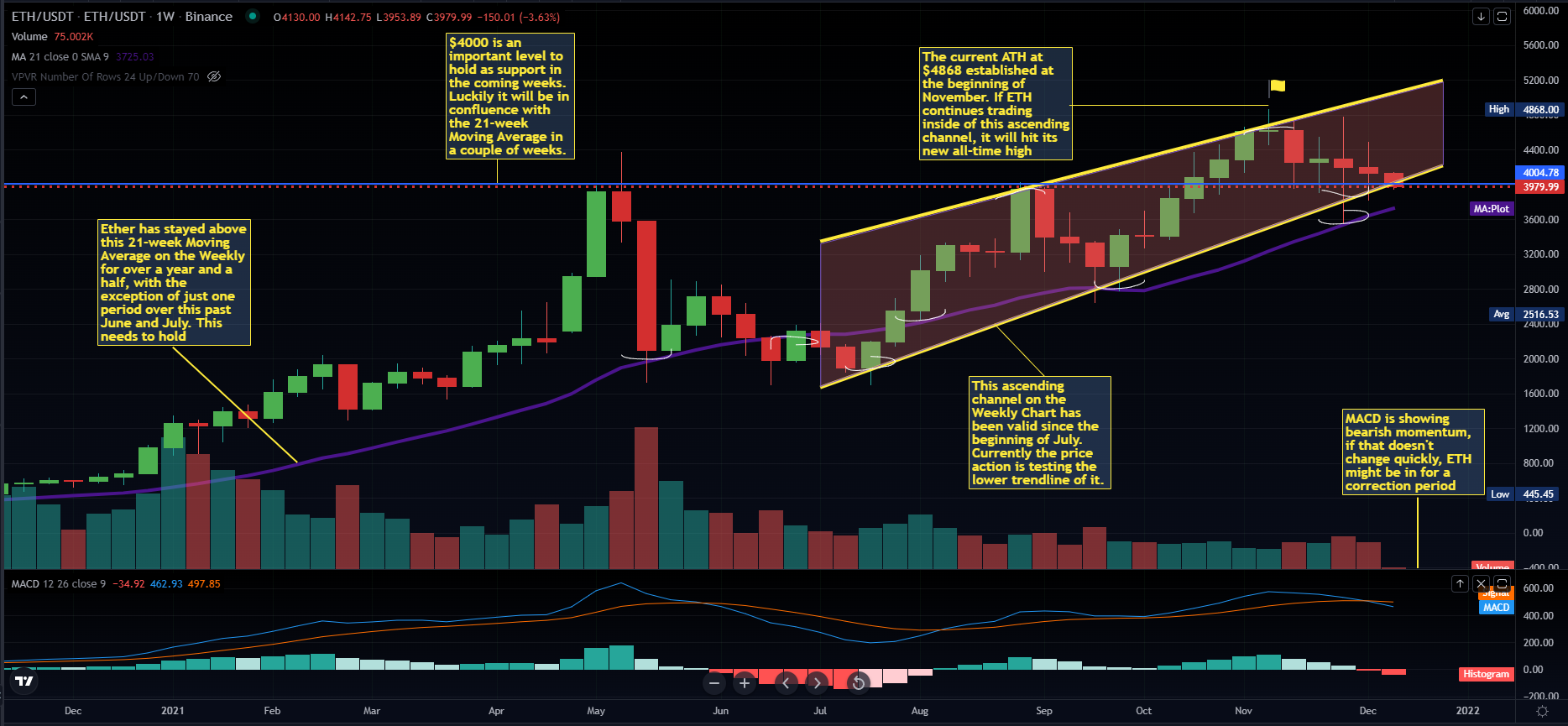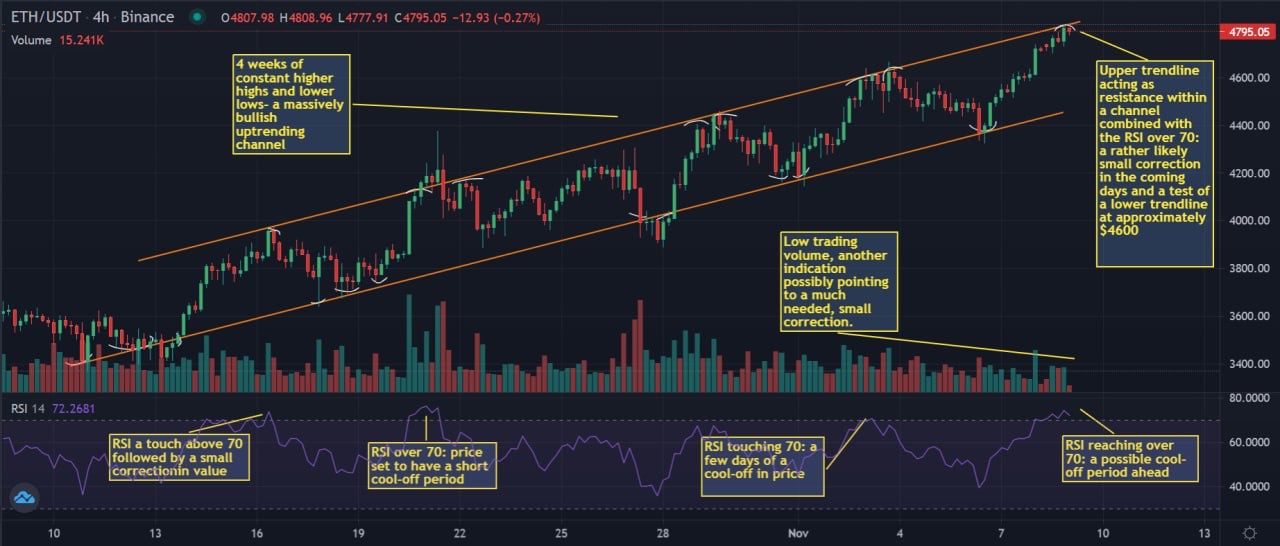|
Ethereum, which was introduced in 2015, expands on Bitcoin's underlying technology by providing smart contracts, or code that functions on the blockchain storing and retrieving data. This development was crucial for the success of Decentralized Financing (DeFi) and NFTs, two of the main forces behind the current cryptocurrency boom.
With successful completion of the Merge, the proof-of-work approach that crypto miners used to compete to add new transactions to Ethereum's ledger and get rewards from the network is now defunct. Most Bitcoin and other cryptocurrencies are now mined in dedicated mining operations, or "farms." As a result of mining's high energy use, several nations have restricted the industry.
The Miners Plight
The PoW approach, pioneered by Bitcoin, is to blame for Ethereum's exorbitant energy usage and has added to the poor public image of the blockchain sector. Ethereum's new method, which uses proof-of-stake, does away with mining and its associated high energy costs and negative environmental impact.
However, miners who have put a lot of time and money into the sector and depend on it are outraged that they have been deserted. They regret their decision of mining and want to stick to more reliable investments than ETH mining. Miners are now more inclined towards the XDCNetwork node in order to benefit from its rapid expansion and promising future.
https://twitter.com/lucaschua6/status/1570290842618961920?s=46&t=7Aq3t5cNORYwD3eB6pkwPA
While some argue that ETH 2.0 is still safe, a 51% attack is inevitable at some point. A small group of early adopters and founders currently own more than 51% of all ETH that may be staked. When these privileged few start manipulating the books, honest stakers have nowhere to turn.
https://twitter.com/LucasChua6/status/1570281865298444289
To "stake" at least 32 ETH to an untradable address on the Ethereum network, validators now act as miners. A validator must stake more and more ETH in order to increase the likelihood that its transactions will be added to the Ethereum distributed ledger.
Disclaimer: This article is provided for informational purposes only. It is not offered or intended to be used as legal, tax, investment, financial, or other advice













